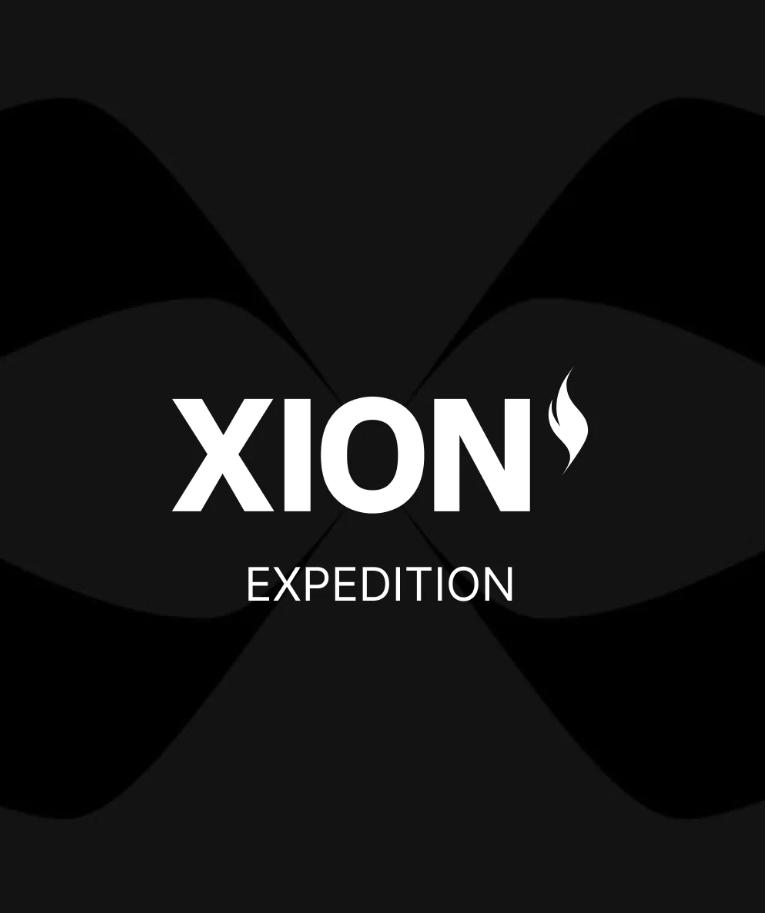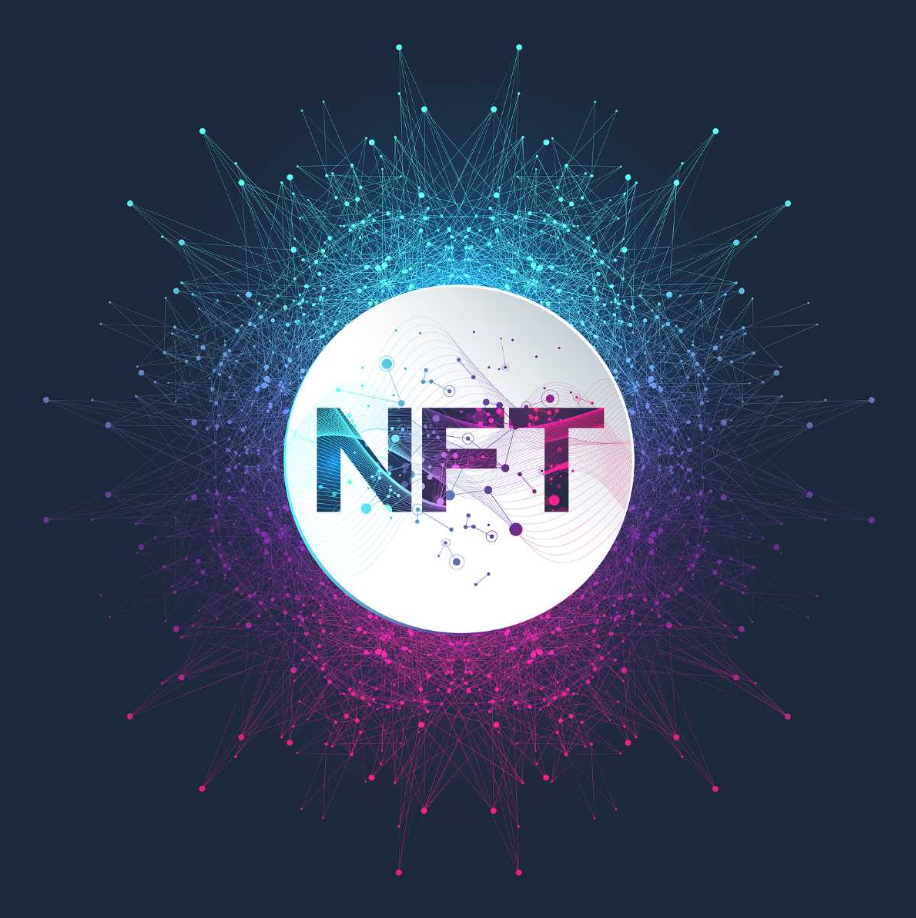In a transformative move, the US Federal Reserve unveiled FedNow in July, revolutionizing real-time payments. Operating synergistically with prevailing systems such as FedWire and FedACH, FedNow is an ambitious step to revamp the US's banking and transaction landscape. The service promises faster undertakings like tax reimbursements, addressing longstanding consumer grievances regarding delays.
Despite the seamless transaction experiences offered by fintech powerhouses like PayPal and P2P platforms like Venmo, the gap remained in instant bank withdrawals. FedNow has bridged this chasm. As the framework settles in, debates on its coexistence with private-sector giants are intensifying, hinting at possible collaborative prospects.
Interestingly, while blockchain is absent from FedNow's architecture, their aspirations align: instant, cost-effective P2P transfers. Some speculate that FedNow might pave the way for a US Central Bank Digital Currency (CBDC), but these are mere conjectures at present. However, blockchain platforms are noticing the potential; with the Hedera-based Drop platform and Tasat Blockchain showcasing intent to amalgamate their services with FedNow.
But not all is rosy. FedNow, emblematic of centralized frameworks, lacks the flexibility and openness of public blockchain structures. This stark difference underlines central institutions' current perceptions of blockchain tech, urging the blockchain realm to approach such developments with a balanced view.
Centralized systems, despite their merits, harbor risks. The recent episode where Canadian authorities froze bank accounts of numerous protesters exemplifies the potential misuse of such centralized power. Likewise, the entrance of FedNow into the financial arena has raised eyebrows among some blockchain aficionados, signaling that the Fed might be slightly late to this rapidly evolving party.
Web3's decentralized platforms, epitomized by Ripple, Stellar, and Xebek, are poised to redefine the payments domain, merging technology and finance seamlessly. Such platforms emphasize user-centricity, a stark contrast to traditional, centralized models. The onus is on blockchain entities to set user-focused standards, a path Ripple and Stellar exemplify.
Sam Thapaliya, an industry luminary, echoes similar sentiments, advocating for faster and hassle-free fund access. The digital financial spectrum is widening, heralding an array of applications and utilities beyond mere payments.
Post-FedNow's debut, industry experts' sentiment echoed "better late than never." However, as global stalwarts like Visa and PayPal pivot towards stablecoins, the race is on. With a federal regulatory framework still in the works and Congress eyeing the evolving landscape closely, the financial sector is abuzz with activity.
The transition to Web3 and advanced digital payments is in full swing. Tools and infrastructure for this new digital age are ready. As central banks grapple with aligning their strategies with evolving industry and consumer expectations, the payments landscape is indeed the segment to watch.







